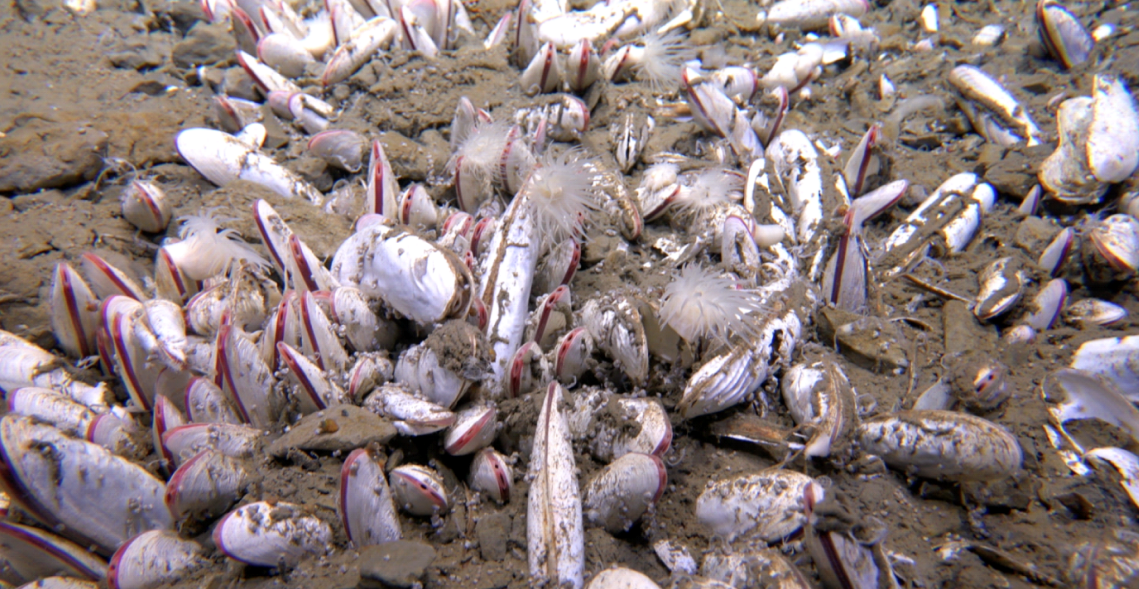Media release
From:
Ecology: Life finds a way in the deepest ocean trenches
Tubeworms and molluscs that get their energy from chemical reactions have been discovered at the bottom of trenches up to 9,533 metres deep in the northwest Pacific Ocean. The findings, reported in Nature, shed new light on the potential for life to exist in extreme environments.
Organisms that live in extreme environments need to adapt to produce energy in different ways. Chemosynthesis-based communities derive their energy from chemical reactions rather than from photosynthesis, which requires sunlight. Such communities can be found in deep sea habitats where chemicals such as hydrogen sulfide and methane seep from the sea floor. Hadal trenches are some of the deepest parts of the ocean but are also largely unexplored.
Xiaotong Peng, Mengran Du, Vladimir Mordukhovich and colleagues report the discovery of flourishing chemosynthetic life deep in hadal trenches, found during an expedition in a human-occupied submersible vehicle. The mission covered more than 2,500 kilometres along the Kuril–Kamchatka and Aleutian Trenches in the northwest Pacific, at depths ranging from 5,800 to 9,533 metres. The communities are dominated by marine tubeworms called siboglinid polychaetes and molluscs called bivalves, which synthesize their energy using hydrogen sulfide and methane seeping out of faults in the tectonic plate. Further analysis suggests that the methane seeping out of the cracks is made by microbial processes in organic matter found in sediments.
The authors suggest that such communities may be more widespread than previously thought, and their findings challenge views about how hadal ecosystems might be supported.




 New Zealand; Pacific; International
New Zealand; Pacific; International



